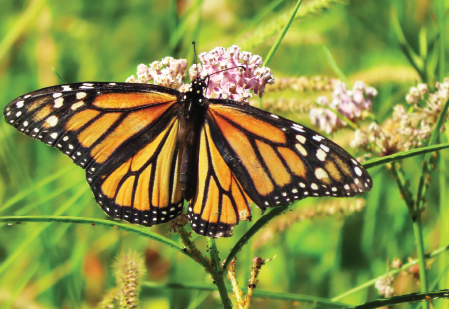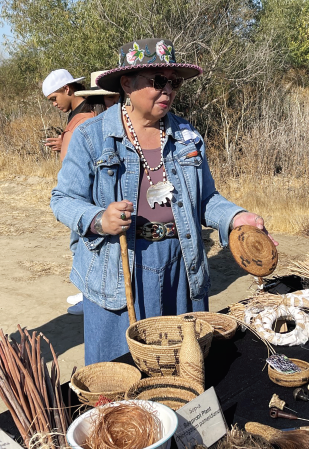At the point where the Tuolumne and San Joaquin rivers converge about 10 miles southwest of Modesto, River Partners has been leading the decade-long effort to turn the clock back for the 2,100 acres at Dos Rios Ranch. What was a working dairy and almond orchard has been transformed into an environment resembling the natural habitat it once was, long before the soil was ever tilled.
Dos Rios Ranch was designated in this year’s budget to become the first new state park created in California in more than a decade. It will also be the first state park accessible within Stanislaus County.

To create the preserve, River Partners removed old nut trees and invested millions in planting native trees, bushes and grasses like cottonwood, Valley Oak, milkweed and elderberry bushes. They also joined efforts with Heritage Growers and California Native partners to plant a native use garden with sedge, deergrass, dogbane and other native plants for basketmaking and additional cultural uses.
River Partners modified berms to allow floodwater to flow freely across the area and in doing so, created the largest floodplain restoration project in California history. They used the same irrigation techniques found on nearby farms to ensure the plantings took root. President of River Partners Julie Rentner said floodplains provide a host of benefits to birds, that often migrate thousands of miles to spend the winter and spring in the Valley.

Across the restored floodplain, the Tuolumne floodwaters will spread out and slow down. That will take pressure off fragile levees protecting downstream communities like Lathrop, Manteca and Stockton. It will also increase groundwater storage in aquifers, benefiting communities like Grayson, Westley and Patterson.
Assemblyman Adam Gray was instrumental in getting funding and lending support to the project. “We’re not just getting a state park,” he said, “we’re creating a template for future parks. We’re looking at fulfilling multiple conservation and water objectives that are crucial to saving our Valley. Restored floodplains will bring us more water, more wildlife and lessen flood damage.”
It will take at least a decade for Dos Rios Ranch to become a state park, but already larger animals are arriving like black-tailed deer and beavers.
“This approach that River Partners so effectively demonstrates is the future of conservation in California,” says Wade Crowfoot, California Natural Resources Secretary, who was able to tour the area during an open house in October. “It’s not fish versus farms, north versus south, urban versus rural. It’s coming together and figuring out we need to restore our environment. Projects like Dos Rios give us hope.”





